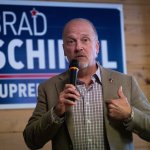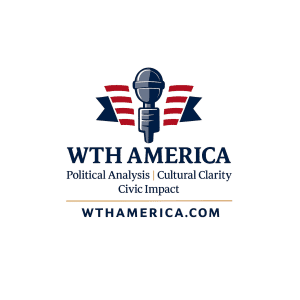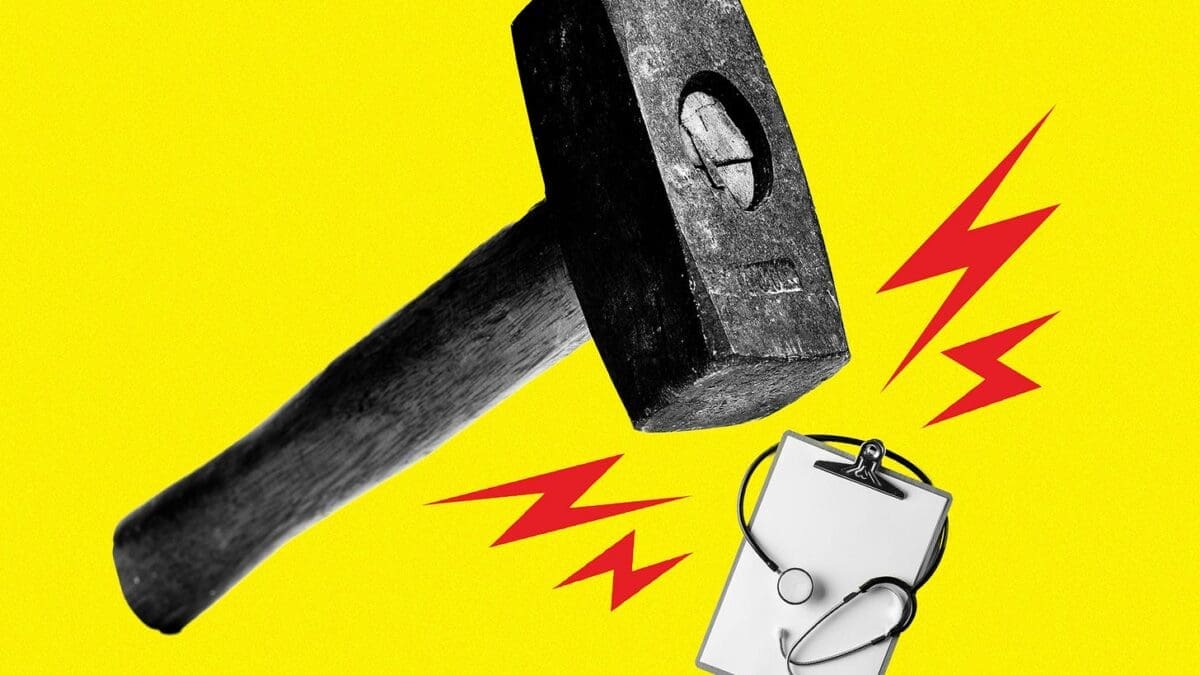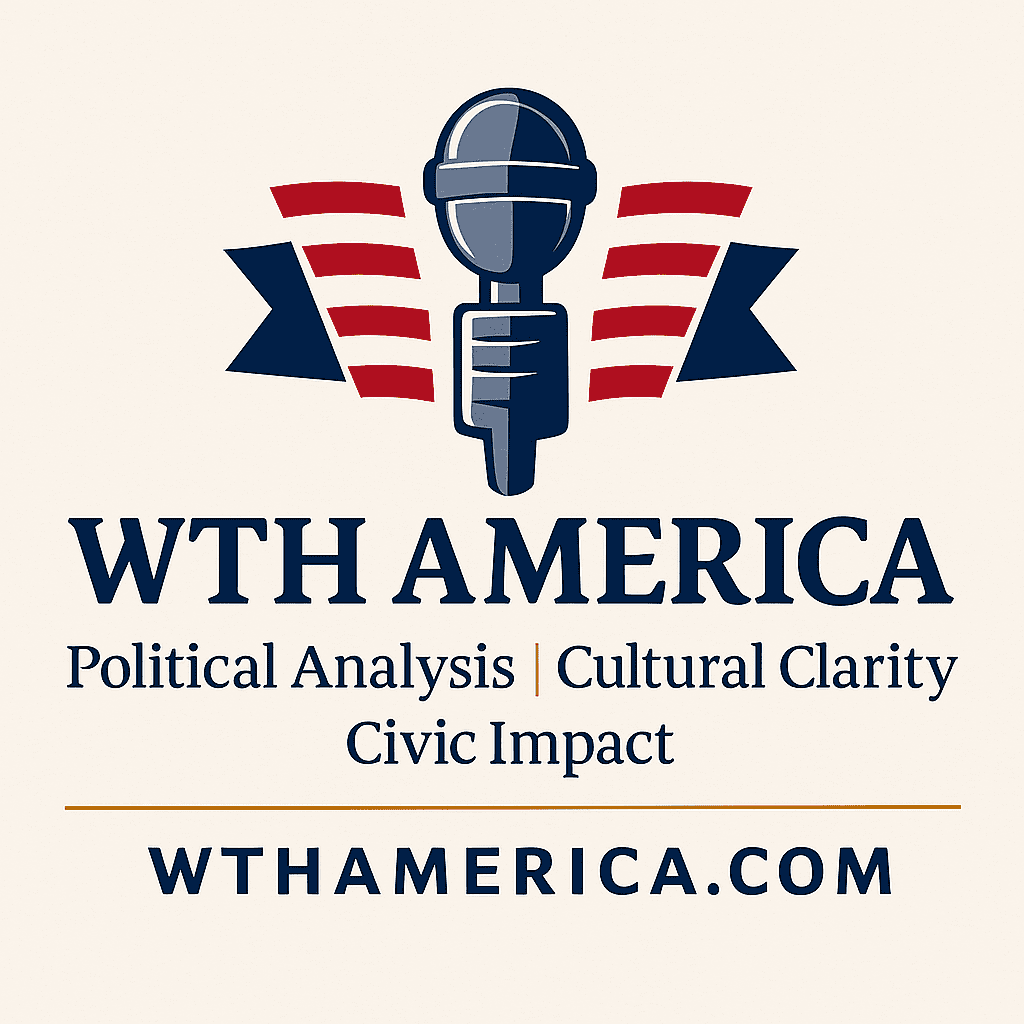
HHS layoffs hit Meals on Wheels and other services for seniors and disabled
April 1, 2025
Liberals hold Wisconsin Supreme Court after campaign shaped heavily by Musk
April 1, 2025THE TRUMP ADMINISTRATION JUST TOOK a sledgehammer to America’s public health infrastructure.
On Tuesday morning, the Department of Health and Human Services informed thousands of employees they were losing their jobs. The notices came by email and, in one sense, they were not a surprise. Last Thursday, HHS Secretary Robert F. Kennedy Jr. announced the layoffs were imminent, as part of a broader restructuring designed to shrink the department’s total workforce by 25 percent.
But it’s one thing to know those layoffs are coming, quite another to learn about the real people who will no longer have jobs, the real positions that will no longer exist, and the real divisions that will no longer operate as they did before.
The sheer breadth of the cuts is staggering: The layoffs affected agencies that exist to fight deadly pathogens, to protect the nation’s drug supply, to finance and carry out cutting-edge research—along with countless other divisions and offices that touch everything from rural health to early childhood care.
In a video last week, Kennedy said the changes would reduce redundancy and make the department more efficient. But that is hard to imagine happening given the depth of the workforce reduction, to say nothing of the sheer expertise the Trump administration has decided the federal government no longer needs.
“We’ve had a lot of devastating days, but this really is unfathomable,” Wendy Armstrong, director of infectious diseases at the University of Colorado, told me. “It’s astounding, it will affect patients with all kinds of different kinds of infections, and Americans will suffer, and people will die, and that’s a horrible thing to see coming.”
Armstrong, who is also vice president of the Infectious Diseases Society of America, was primarily thinking about agencies like the Centers for Disease Control and Prevention. The administration’s plans called for eliminating 2,400 jobs from CDC, according to an official fact sheet, out of an agency that had 13,000 employees when the Trump administration took office. (CDC was among the agencies that also lost some workers to earlier layoffs and buyouts; it’s not clear how many.)
But Armstrong was also talking about other parts of the HHS apparatus, including the National Institutes of Health, which was slated to lose 1,200 employees.
NIH is the world’s largest public financier of medical research, and widely considered to be a key reason—maybe even the key reason—for American preeminence at innovation. Now that status is in jeopardy.
“It has fueled many of the breakthroughs from discovering the DNA code for each amino acid to the hepatitis C virus,” University of Pennsylvania oncologist and bioethicist Ezekiel Emanuel told me. “Dismantling it will not make America great but undercut our position as the world’s leader in science.”
“Americans will suffer,” Emanuel added. “Diseases will not be cured and treatments will not be found.”
Emanuel served in the Obama administration. But among the many nationally recognized leaders speaking out on Tuesday was Scott Gottlieb, who led the U.S. Food and Drug Administration during Trump’s first term. He warned that these cuts could end up unraveling the reforms he and his team implemented to help speed up the drug-approval process, effectively reversing a cause conservatives have long championed.
“We built the FDA into the most efficient, forward-leaning drug regulatory agency in the world—and established the U.S. as the global center of biopharmaceutical innovation,” Gottlieb tweeted.
As with previous Trump administration efforts to downsize the federal workforce, the legality of Tuesday’s mass layoffs is an open question—in two separate ways, according to David Super, a professor of constitutional and administrative law at Georgetown Law.
“Firing ten thousand experienced federal employees is not a plausible, good-faith method of accomplishing the purposes Congress assigned to those agencies by law,” Super told me via email, arguing that such “arbitrary and capricious” actions violate the Administrative Procedure Act.
“This also will prevent the expenditure of the funds Congress appropriated for these agencies to perform their statutory functions,” Super added. “As such, it is an unlawful impoundment, violating the continuing appropriations law that President Trump himself signed a few weeks ago.”
IT WASN’T JUST THE HIGH-PROFILE AGENCIES the Trump administration slashed on Tuesday. It was also a long list of smaller, less visible agencies, including several that focus on mental health and substance—and that, historically, had enjoyed bipartisan support. They were, as University of Chicago Professor Harold Pollack told me over email, agencies that “helped Americans who live with addiction and mental health disorders”—and agencies that “likely facilitated the recent observed decline in [opioid] overdose mortality.”
Also hammered on Tuesday was the office of the assistant secretary for planning and evaluation, which started the year with about 140 employees but, following Tuesday’s action and some previous layoffs and departures, will have only about 40, according to several internal sources.
That office serves as the in-house HHS think tank, analyzing both policies that the department or its leaders are considering, and those already in place. And there’s no other unit at HHS like it, according to economist Sherry Glied, who ran the office during the Obama administration and is now dean at the NYU Wagner School of Public Service.
“It’s really the only resource the Secretary has with expertise in the operations of every single one of the operating divisions and the capacity to consider the interactions amongst them,” Glied told me over email.
But maybe no single cut better captures the scope of the downsizing—and the unanticipated ways that it might affect people—than the wholesale termination of staff that handled the Low Income Home Energy Assistance Program, which helps millions to pay their heating bills in the winter.
Mark Wolfe, executive director of the National Energy Assistance Directors Association, told CNN that the LIHEAP staff purge “will definitely hamper program operations” and worries that “the program could well grind to a halt.”
The administration’s ostensible argument for gutting these smaller offices—and, really, the whole HHS downsizing—is that the department can “do more with less,” as Kennedy put it last week. But even if that were true in theory, those who know the agency think the blow to expertise and institutional knowledge will be devastating, and not just for the short term.
“I’ve been telling people that this is generations of expertise, because not only is it really some of our most distinguished people, but it is the future,” Armstrong told me. “It is the younger people coming up, and the number of people who’ve told me that they are not going to touch public health or infectious disease research because of this kind of climate right now. . . . It’s going to be so hard to replace this.”
THE WRECKAGE FROM TUESDAY’S CUTS ONCE MORE raised the question of why, instead of undertaking a more carefully calibrated set of staff reductions, the Trump administration cut so crudely and destructively.
Most likely, multiple motives are at work, coming from different parts of the Trump coalition. For ideologues like Russ Vought, the Project 2025 participant who now leads the Office of Management and Budget, this is a chance to cut the federal government down to their preferred size—and to wipe out all the supposedly left-wing activists they believe have burrowed into the bureaucracy.
For Elon Musk and the DOGE team, quite possibly, there’s an element of techno-arrogance at work. And for Trump himself, the cuts would seem to fit in neatly with his agenda of attacking the “deep state” he believes thwarted him during his first term.
That leaves Kennedy, the secretary, who if so inclined could have pushed back on these reductions or at least demanded they proceed in a more deliberate way. There are no signs that happened. Instead, the one hallmark of Kennedy’s tenure so far has been a disregard—some would say disdain—for the department’s veterans and the way they do things.
You can see it in the expertise that the Trump administration cavalierly dispatched on Tuesday. You can see it, also, in how RFK Jr. is dealing with real-world challenges the department currently faces.
Right now the United States is confronting two serious threats that fall under HHS jurisdiction: the measles outbreak that started in Texas and has now spread to three other states, and the strands of avian flu decimating poultry flocks. The former has already taken two lives and made hundreds sick. The latter has infected only a handful of humans, but could be just one mutation away from taking on a deadlier, more easily communicable form.
In the past, under circumstances like this, the HHS secretary would be getting regular, detailed briefings from subject-matter experts at the CDC. But that doesn’t appear to be happening now with Kennedy, according to Kevin Griffis, who was the CDC’s communications director until a little more than a week ago.
“None of those subject-matter experts at CDC had briefed RFK one time by the time I left,” Griffis told me in a phone interview.
Griffis knows better than most what a big change that is, and why it matters.
Years before coming to CDC, he served at HHS working for former Secretary Sylvia Burwell. It was the end of the Obama administration, when the federal government was handling multiple infectious-disease threats, including Ebola and Zika. And back then—as in the Biden years—CDC calls were routine.
“Sometimes it would be the director briefing the secretary, if the director was an infectious-disease expert like Tom Frieden,” Griffis said. “But even then, they would typically have frontline people on the line who are biologists or lab experts—who, if we got down into the weeds, would be able to talk in detail about any of the given issues or answer questions that might not be at the fingertips of the director.”
HHS officials did not respond to my inquiries seeking confirmation, although, to be fair, they may have been preoccupied with the layoffs or unable to respond because they too lost workers. But there’s no reason to doubt what Griffis said.
The New York Times has already reported that Kennedy wasn’t getting the usual measles briefings, and noted that it seemed to be part of a broader pattern of sidelining or ignoring the federal government’s top scientists—which, of course, is of a piece with Kennedy’s history of attacking vaccination.
Griffis says he saw this play out in other contexts, including instances (also described in a Washington Post op-ed he wrote) when HHS staff had to spend time looking into fringe vaccine theories Kennedy’s advisers were promoting.
And Griffis wasn’t the only one citing Kennedy’s hostility to science on the way out the door. Peter Marks, the FDA’s top vaccine-safety official, stepped down last Friday night, although he did so because Kennedy was forcing him out, according to multiple media reports.
Marks is a titan in the field of drug and vaccine development, respected (if not always adored) by a wide range of private and public sector leaders. Among other things, he played an instrumental role in Operation Warp Speed, the project to develop and distribute the COVID-19 vaccine less than a year after the pathogen appeared in the United States.
That probably didn’t endear him to Kennedy, who has a record of attacking the COVID-19 vaccine. Marks has said he tried to be accommodating, offering to work with Kennedy on an inquiry the secretary is launching to examine possible links between vaccination and autism—even though Marks knows research settled that question long ago, finding no such link exists.
Evidently that wasn’t enough for Kennedy, prompting Marks to write in a letter announcing his departure that, “It has become clear that truth and transparency are not desired by the secretary, but rather he wishes subservient confirmation of his misinformation and lies.”
Marks was not the only senior HHS figure who left or was forced out in the past few days. Among the others—as reported in STAT and the Post—were several important leaders at the FDA, CDC, and NIH, as well as Jeanne Marrazzo, the successor to Anthony Fauci at the National Institute of Allergy and Infectious Diseases. They too are casualties of the Trump administration purge, although certainly not the last.
Great Job Jonathan Cohn & the Team @ The Bulwark Source link for sharing this story.







